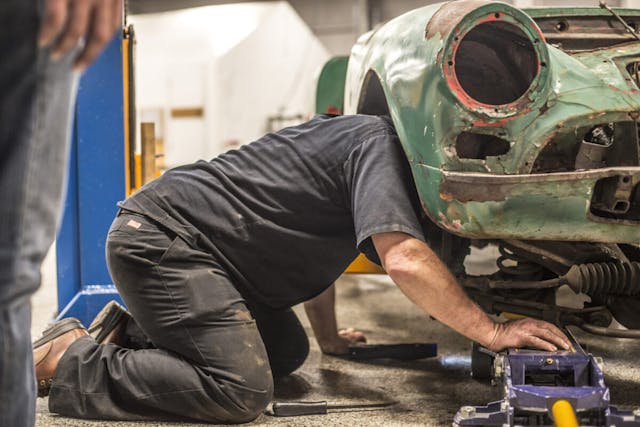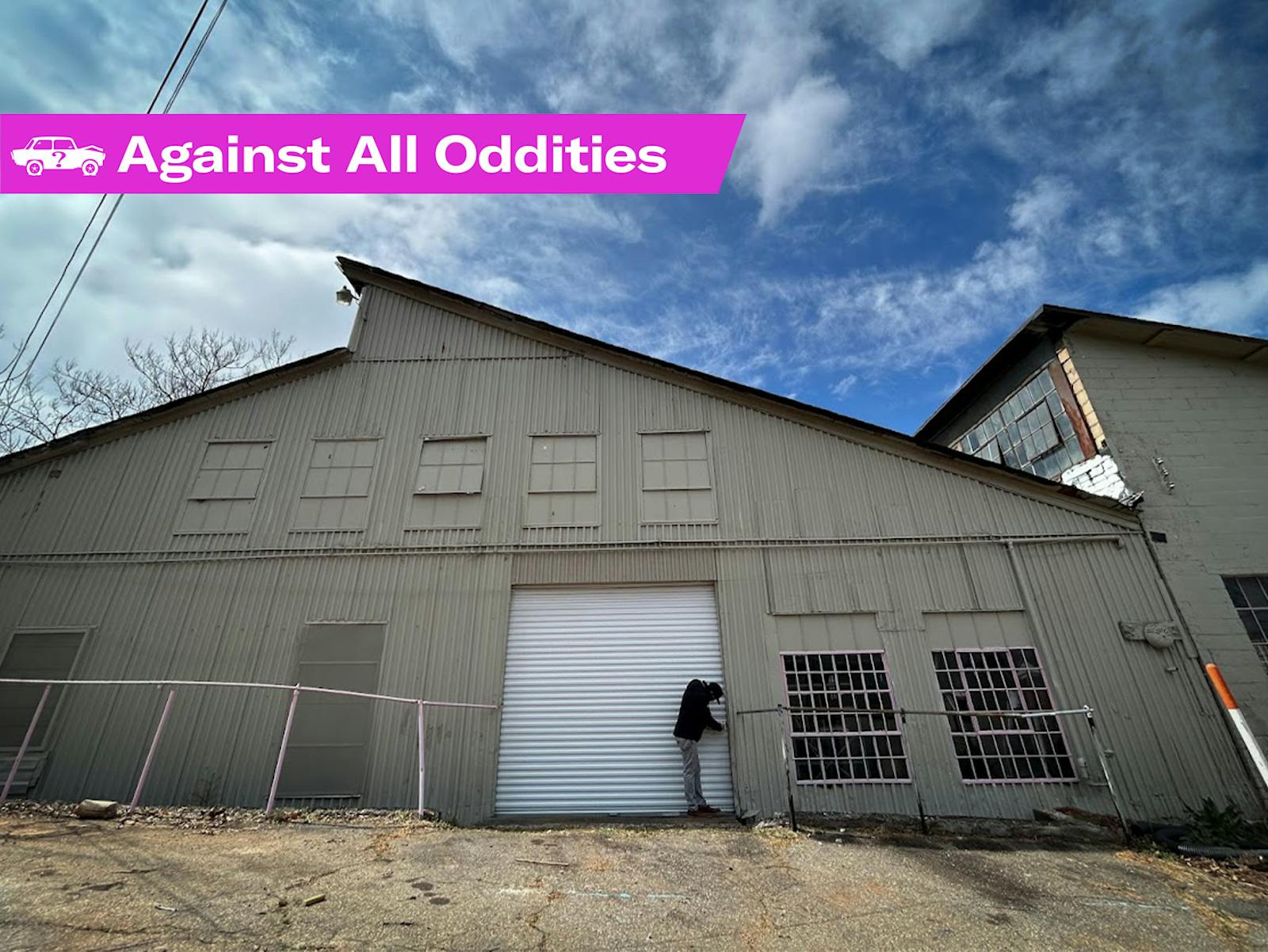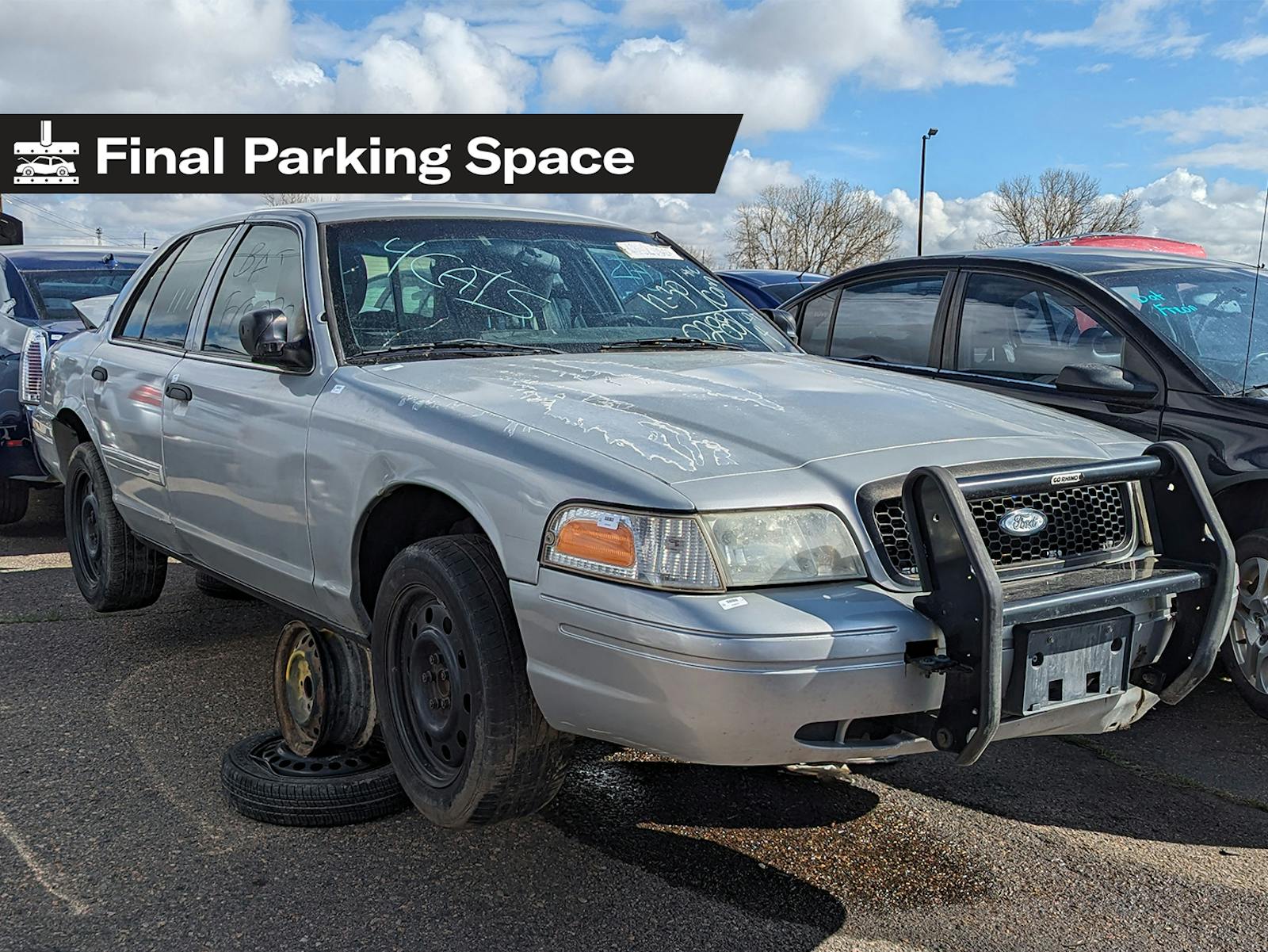Before you dive into a restoration, read this
Recently I saw an Instagram post about a 25,000-hour restoration. It turned out to be apocryphal, but true or not, it got me thinking.
Restorations have been around almost as long as cars themselves. Then as now, the term is open to a great deal of interpretation. But no matter your definition of “restoration,” we can all agree on two things: The process has changed greatly over the years; and, crucially, not all cars should be restored—especially when you consider the cost involved and any potential return on that expenditure.
That last bit has not changed over time. My first real job was at a Wisconsin shop in the mid-1980s, where every car that rolled in was a rust bucket. The labor rate was $30 an hour, and even at that, there were several cars that didn’t warrant even the most rudimentary restoration given the value of the car. I recall a 1953 Packard Caribbean convertible that sat forlornly at the back of the shop for years because the owner abandoned the project when the bills exceeded either his budget or the value of the car, or perhaps both. I think it was sold for parts.
The cars that did get restored back then were done to standards that most body shops today would scoff at. Patch panels, body filler, “close enough” colors, and the like were commonplace. Most customers similarly didn’t care too much about a frame-off restoration, let alone long discussions about proper plating of hardware or making sure every part on the car was date-coded correctly. The rule of thumb back then for a “high-end” restoration on a ’60s muscle car was 1000 hours of labor plus any rust repair needed. With the escalation of standards in the hobby, today that number is easily doubled. Shop rates have quadrupled, too.


My friend Alex Finigan of high-end restorer Paul Russell and Company has similar memories from the dark ages. “When I started restoring cars in 1975, I was paid $5 an hour and our shop rate was $19 per hour. Nut-and-bolt restorations were uncommon, but even when we did one, it was to standards that would be completely unacceptable today. A full restoration took somewhere around 2500 hours. Our current shop rate is $135 an hour, a restoration generally takes 4000–5000 hours, and we have a three-year backlog. In fact, many of our customers will have a car completed and trade it out for another one so they always have one in the works!”
Even the most basic math applied to these numbers shows the labor for a true concours restoration today is well into six figures and can easily exceed $500,000.

We could get deep into the weeds about why such a restoration could also devalue a great original car. Suffice to say that it’s a slippery slope, so if you have a solid, unrestored car with original finishes, fabrics, and parts that is still presentable, please consider sympathetically maintaining it rather than erasing that history with a restoration. Purists like me—and your wallet—will thank you.
But let’s say you have a car that is well past the “survivor” stage and well into the category of “well, at least it survived!” Or maybe you have a nice #3 car with an older restoration that does everything it should, but it’s not going to win any shows. At this point, you need to determine if spending hundreds of thousands of dollars to make it new again is logical, as well as what your motivation might be. Is it to bring Grandpa’s old alloy Ferrari 275 GTB/4 back to the way it was when he bought it from Enzo in 1967? Sure, go for it. But if you want to see a rusty LS6 Chevelle hardtop bring top dollar on the auction block, you may want to take a hard look at those numbers. My suspicion is that they don’t work.
Of course, these are extreme examples, and a happy middle ground can always be found between owner and restoration shop—one that would allow you to take that old TR6 and make it reliable and spiffy enough to enjoy driving it again. Just keep in mind before jumping in that “restorations” aren’t what they once were. Today, given the cost and time involved, they can be a fool’s errand.
This article originally appeared in Hagerty Drivers Club magazine. For more from Colin, check out his new video series, The Appraiser.


